If you’re younger than 30, what you’re about to read next may shock you.
In the mid-’90s, AOL was the Internet for most people.
AOL provided dial-up access that connected you to its walled garden. It had one goal: keep the user on AOL‘s Desktop. Yes, it eventually provided an in-app browser, but that was secondary to its content and ads.
It’s now 2014, and a new AOL is on the horizon: Google.
From search to social media to entertainment, Google is leveraging its many products and services to keep you on Google in ways that eerily mimic AOL‘s past success.
What’s more, Google is perfectly positioned to pull it off – because just like the old AOL, Google is the starting place for most Internet users.
How we connect
With the exception of Prodigy and CompuServe, AOL dial-up used to be how everyone connected to the Internet (at least from home). Google is now making its move to be the Internet Service Provider (ISP) of choice for consumers.
Robert Cringley first reported in 2007 that “Google controls more network fiber than any other organization.” It is now putting some of it to good use with the introduction of its own ISP, Google Fiber.
You might be asking yourself, “Why would Google want to be my ISP?” It probably has less to do with starting another service than it has to do with net neutrality. As Google continues to position itself as the new AOL, it is becoming a greater threat to its competitors, which includes ISPs and content providers.
Google is making the move to be your next ISP in order to neutralize the threat of having no net neutrality. The move also enables Google to provide the best user experience possible – something that’s key to winning your business and loyalty.
Where we go
In the early days of the consumer Internet, AOL Desktop had everything. Well, it at least had the basics of everything, and most people weren’t aware that there was more out there on the real Internet.
When people logged into AOL, they would check and send email, read news, chat with their friends, shop and check their stocks. They would also see ads – lots of them.
Eventually, word got out that there was more to the Internet than just AOL. AOL slowly made “the Web” available with an in-app browser. Eventually a dial-up connection began to work with the OS, which allowed third party browsers to work.
Once we discovered the enormity of the Web, people began to rely on their browser’s bookmarking feature or services like Delicious and later Pocket to keep track of the sites they liked.
While many people still use some form of bookmarking, most now solely rely on Google search to find whatever they need. And thanks to Google’s personalization features, it’s as if Google is starting to truly know our interests and favorite sites.
One company to rule them all
The examples here are hardly exhaustive. Google has its hands in so many things that I could go on for quite some time. But for the sake of brevity, I’ll stick to the bigger and more obvious examples that show how Google is becoming the new AOL.
Browsing
Since the Chrome browser was introduced in late 2008, it has experienced continuous month-over-month growth. It’s now the dominant browser on the market, used by 55% of all desktops. If the growth trend continues, almost every desktop will be using Chrome as its browser within the next few years. Google will solidify itself as the de facto “start” page for most Internet users.
Google is also changing how we access and browse the Internet with its browser’s close cousin, Chrome OS.
Chrome OS (COS), a full-fledged operating system, is like the Chrome browser on steroids. COS provides the user experience of a desktop computer, but it’s even more simplified than Mac OS X.
COS is built to be fast and to run on inexpensive hardware. It’s also designed for an always-connected, cloud-based environment. That means all you need is a decent Internet connection and Google. COS also provides a developer framework for creating apps (even offline apps). Some developers, like the makers of Pocket and Wunderlist, have already created apps for it.
But here’s the kicker. The app framework isn’t just for COS, it also works with the browser. That means I can install and add – via the Chrome browser on Mac OS X or Windows – the Wunderlist app to my browser. And now with the standardized App button on Chrome’s bookmarks bar or its Google App Launcher (aka Trojan horse), all of my apps will be available directly from my browser and Dock.
This means that not only will Google be your starting place for the Web, it will also be your starting place for all your apps. Everything will be stored in the cloud. If I use another computer and log in with my Google account, I will have access to all of my browser settings and my apps without having to install anything on my own (it all syncs in the background after my initial login).
Communication
The Internet is about communication, and the way we communicate is typically through email, chatting and social networks. Google and its browser’s start page has that covered.
When you open the Chrome browser or a new tab, you’re presented with quick access to Gmail, Images, numerous Google apps and most striking of all, notifications. Most people will go straight to Gmail, but after they’re finished, they’ll click on that bright red button to find out what alerts await them.
While many people think Google+ (G+) is a social network that nobody will ever use, I think the opposite is true. Google’s strategy to win you over is to make G+ unavoidable and turn it into your all-in-one communication app.
Google is making it unavoidable by incorporating it into personalized SERPs, Gmail, and all of its apps. The company even recently replaced YouTube’s comments with G+ comments. Also, if you’re searching for a local business, look no further than G+, because it’s now the ultimate destination for Google’s local listings.
I predict it will ultimately become your all-in-one communication app through the merging of Gmail, G+ and Hangouts into one seamless tool. It will be the app we use to send text-based messages (think Apple Messages) and attachments and have live video chats. For example, even today there is now very little distinction between sending an email message via Gmail and posting a message to one individual on G+.
Coupled with mobile devices running Google’s OS or its very well made iOS apps, it will become what most people use to communicate via their desktop, tablet and smartphone.
Collaboration
Even the way we work and collaborate is slowly being taken over by Google. It used to be that you needed Microsoft Word installed on your computer if you wanted to share, receive and edit word processing documents. Google Drive (formerly Google Docs) did away with the need not only to own Word, but also to have it installed on your computer. When you share a document now, it simply opens up in the recipient’s browser.
In addition to needing no perceivable software, it also introduced drop-dead simple real-time document collaboration. Not only can you share a document, you can work on it together at the same time.
Face-to-face collaboration and meetings have also been simplified with Google’s aggressive push towards Hangouts. With Hangouts, you can now chat and/or have a video conference without needing to buy and install any special software. It just works.
In fact, it works so well that many people are abandoning traditional web-based conference services like GoToMeeting and MeetingBurner, because the overall reliability, quality and features of Hangouts is so compelling. It’s also very tightly integrated into G+, which is allowing smart marketers like Max Minzer to more effectively grow their brand and industry presence.
Information
Google has long been the place most people go to start their search for information, but it’s increasingly becoming the final destination, too. Thanks to the Knowledge Graph and Google’s ever-increasing portals for news, movies, finance and flights, more and more people are staying on Google to get the information they’re looking for.
Google is also actively finding ways to keep you on its Web properties. Here’s a simple (yet technically complex) real-life example. I recently traveled to visit my parents in Colorado. I was flying Frontier Airlines and I wanted to visit the airline’s site to check my flight status. I opened Chrome and quickly typed frontier airlines in the omnibox. This is what I saw:
Google had automatically detected an email message in my Gmail account from Frontier Airlines and knew I was flying that day. It then automatically changed my personalized SERP to present me with my flight status. Freaky! I decided to do the same thing for my flight home, but on my phone instead. The same thing happened – but for the mobile version, the information was even more concise to better fit my device’s screen size.
As a consumer, this was an incredible experience. It saved me several clicks and gave me what I needed, immediately. But Frontier Airlines just missed a visit to its site and an opportunity to advertise to me directly. If this becomes the norm, you may see a world with two winners and one uncertain loser. A world where Google and the consumer wins, but the brand is left wondering where all of its traffic went.
Shopping
Google has turned consumer shopping into a major revenue stream in two ways.
First, it turned its (originally free) Google Product Search into a pay-to-play site called Google Shopping. It’s a great way for consumers to shop and compare prices – but if you’re a retailer, you’ll have to pay to be listed.
Second, Google is wholeheartedly taking advantage of product searches on its Web search engine. Ads dominate the SERPs. They even push the Knowledge Graph results down the page.
Google is also making strides in how you pay for products, both online and off. It started with a service called Google Checkout, now called Google Wallet. The service includes both apps and a physical card that can be used for purchases.
Entertainment
The attention for our leisure time is also being targeted by Google. Google Play, a direct competitor to the iTunes Store and Amazon.com, provides a single source for apps, movies, TV shows, music, books and other media – all of which is accessible via the Chrome browser or compatible mobile devices.
Not to be outdone by Apple or Roku, Google recently debuted an affordable and tiny HDMI device called Chromecast. It’s a device that plugs into your TV to allow you to stream media from several services, including Google Play and Netflix.
Conclusion
The big question is “what does this mean for consumers and businesses?”
While there’s a lot to gain, there’s even more to lose. On the plus side, consumers get a seamless online experience for Internet access, answers to their questions, communication tools and entertainment. However, just like with the old AOL, there’s only one company pulling the strings.
If Google has its way, the biggest risk becomes the potential loss of consumer choice, and the difficulty of finding content and brands that don’t or can’t afford its pay-to-play format.
For consumers, it’s not just a loss of choice. It may also be a loss of money and even identity. If Google decides to start charging for services that were once free – which it has done in the past and publicly reserves the right to do in the future – consumers could find themselves in the same boat as businesses.
Also, as Google Authorship and G+ Profiles become more important, and as Google continues to consolidate all of its services within one user account, it’s possible that any one of us could wake up one day with everything turned off. That includes Gmail, documents, everything! You will be at the mercy of one company that controls the kill switch for all of your data.
Personally, I still use Gmail, Drive, Analytics and several other Google services. In fact, I really like Google as a whole. But it’s still a giant, publicly traded corporation that ultimately exists to make a profit, regardless of how talented and altruistic many of its employees may be.
Our best defense is to be cautiously optimistic and to be vigilant about making sure we have choices and access to our data in case something changes overnight.

Analyze over 20 different technical SEO issues and create to-do lists for your team while sending error reports to your client.




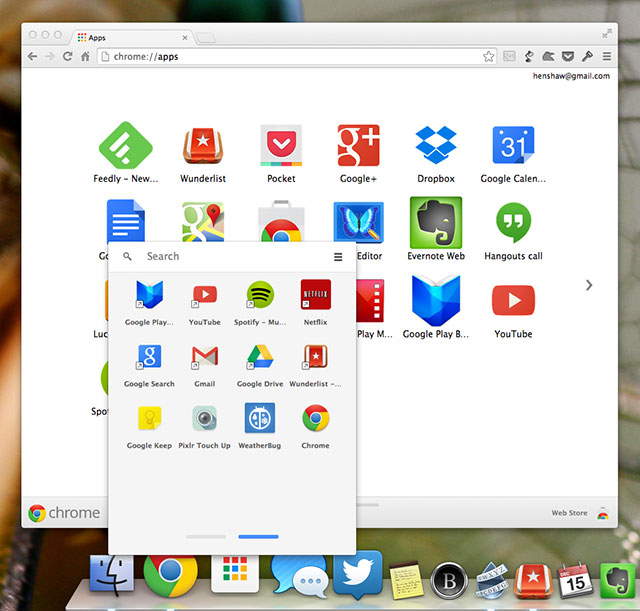
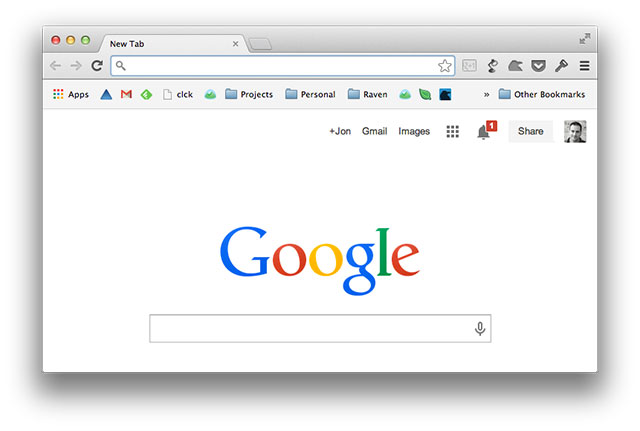
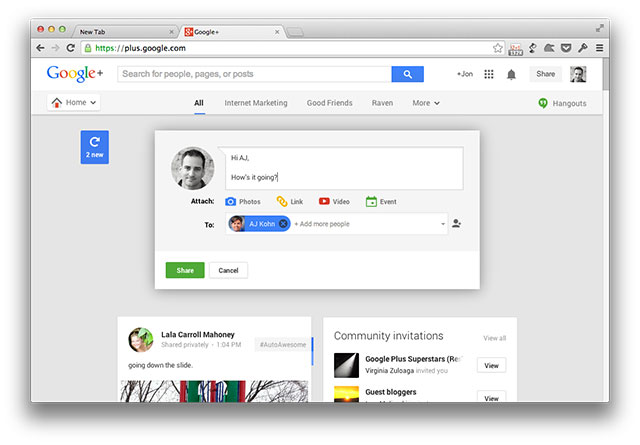
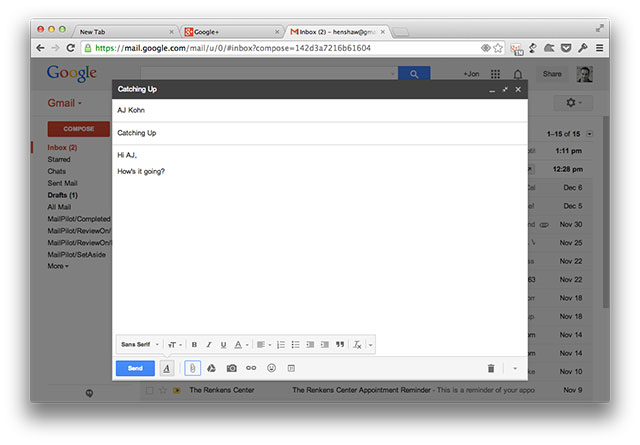
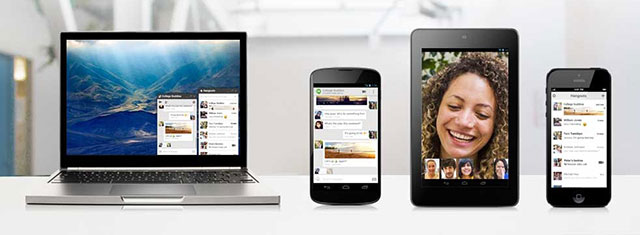
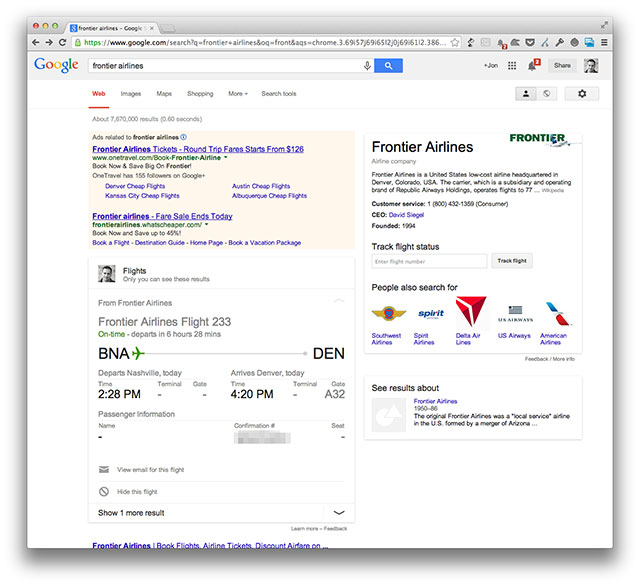

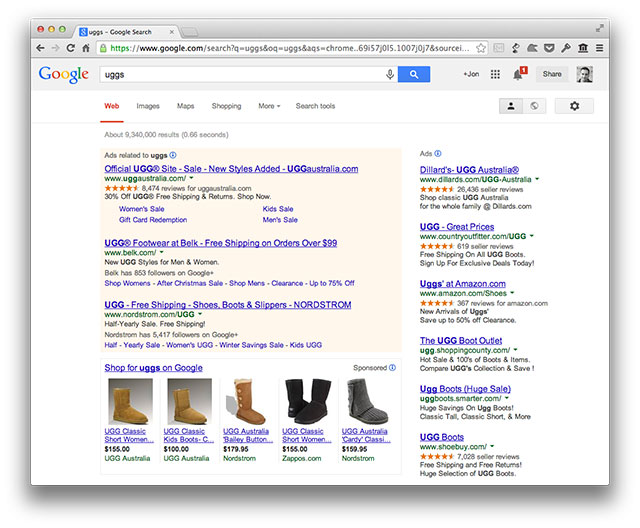
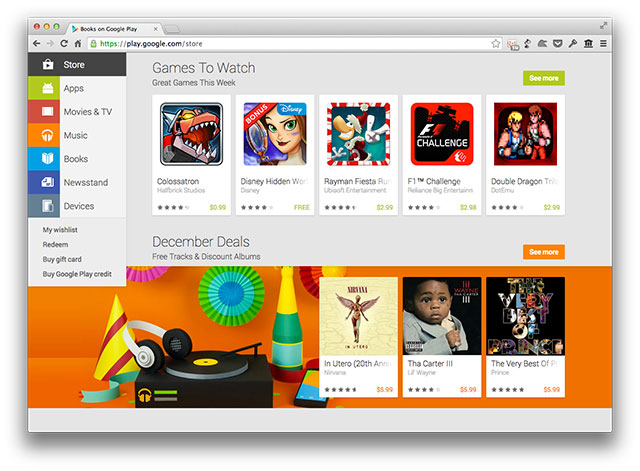

Fantastic post. The only thing missing for me is how this model is based on the principle of turning other people’s content into a commodity that benefits Google. That includes people who write blog posts on G+ as opposed to their own site and businesses that set up highly informative websites only to have them scraped for the Knowledge Box.
Google may be creating a walled garden, but other people have planted the things growing in it. Fingers crossed this plan goes the way of AOL.
(And as an aside, G+ for me remains one of the least user-friendly websites I’ve ever encounter. Every time I use it I have to have a cry and a lie down after)
Will, that may be the most extreme reaction to G+ I’ve ever heard of 😛
First version of Chromecast is ALMOST perfect. It has all of the quirks you would expect with a v1 product, but those are quirks you DON’T expect from a company this big and smart.
I expect the ads on it’s home screen any day now….
Yeah, pretty sure Delicious and Pocket didn’t exist back then…
Ha! Very true. That paragraph was meant to represent the transition from then to now, not a direct comparison to AOL.
I was mainly trying to make the point that there was period where bookmarking was at an all time high, but now many people just rely on Google entirely to not only find what they want, but to also revisit sites they’ve visited in the past. And yes, I realize Pocket (formerly Read it Later) is a much newer contender, but I wanted to mention and link to it anyways.
Memories…
http://www.youtube.com/watch?v=gFBLiHpkcOk
&
http://www.youtube.com/watch?v=D1UY7eDRXrs
I can remember when we got AOL (I was in middle school) the only dial-up number in my area was not a local toll free number. One time I stayed connected for over an hour and the following month when my mother got the phone bill, I was in a BUNCH of trouble.
That’s funny. I also remember how difficult it was to cancel your AOL plan. I’m pretty sure they threatened to kill their employee’s kittens if they lost a dial-up account. Those were amazing times!
And their AdWords coupons are like the free AOL cd’s. I have been saying that Google is a lot like AOL, but your post really distilled the reasons why.
Haha! I didn’t even think about that. Nice one 🙂
I am glad there are people who realize this. I just recently asked on Quora if Google will be able to restore user data when an air attack happens to bombard their data-centers.
hehehehe
I always appreciate articles like this, thanks Jon. What I’d really like to read, though, is your prediction for if Google will have the same future as AOL or not and how.
Thanks Chase! While I’ve obviously tried to compare and make a case for their similarities, the reality is that the old AOL and Google are very, very different companies. I think the old AOL was strictly an Internet access and content/media company. Whereas Google is about all things information. They want to control how you communicate, find and promote information. They also have their hands in so many things – relevant to the future kind of things – that I think there’s a good chance they’re going to succeed.
“… as Google continues to consolidate all of its services within one user account, it’s possible that any one of us could wake up one day with everything turned off. ”
That fact is what pushed me to move away from a lot of Google services. All those movies you bought from Google Play? Gone. Apps? Gone. And largely no recourse to restore access.
It’s really a shame, because Google’s services are so much better integrated than their competitors. I’ve migrated from Google Apps to my own email host, dropbox, firefox sync, etc. – and while it’s all functional, it’s not nearly as elegant as Google’s offerings.
Also, as an aside – a lot of the features you’ve listed (flight results in Google search, boarding passes and package tracking in Google Now, etc) aren’t available to Google Apps users. Kind of a bummer that those actually paying for service are treated as second-class citizens.
The Google Apps thing is interesting. I use Apps for business, but also have a regular account for personal use. I use my business account for Drive/Docs and Email, but I purposefully don’t have a G+ Profile for it, so it’s not a big deal to me. However, I agree that it would be annoying if I was using Apps for my personal account and wasn’t able to get access to everything. I’m sure it has to do with corporate needs coming first, and it’s possible that it’s built on a different platform than their free consumer offering.
And what about banner ads on Google SERPs? They once said that they will never show banner ads on SERP and recently they started showing image ads and big banners…
Excellent post about the ‘do no evil’ mission of Google.
I think the historical comparison is more akin to AT&T or Microsoft and we will eventually see government intervention into the scope of their reach. Who knows when that will be, but I see a huge battle brewing between both the big G’s…Government vs Google.